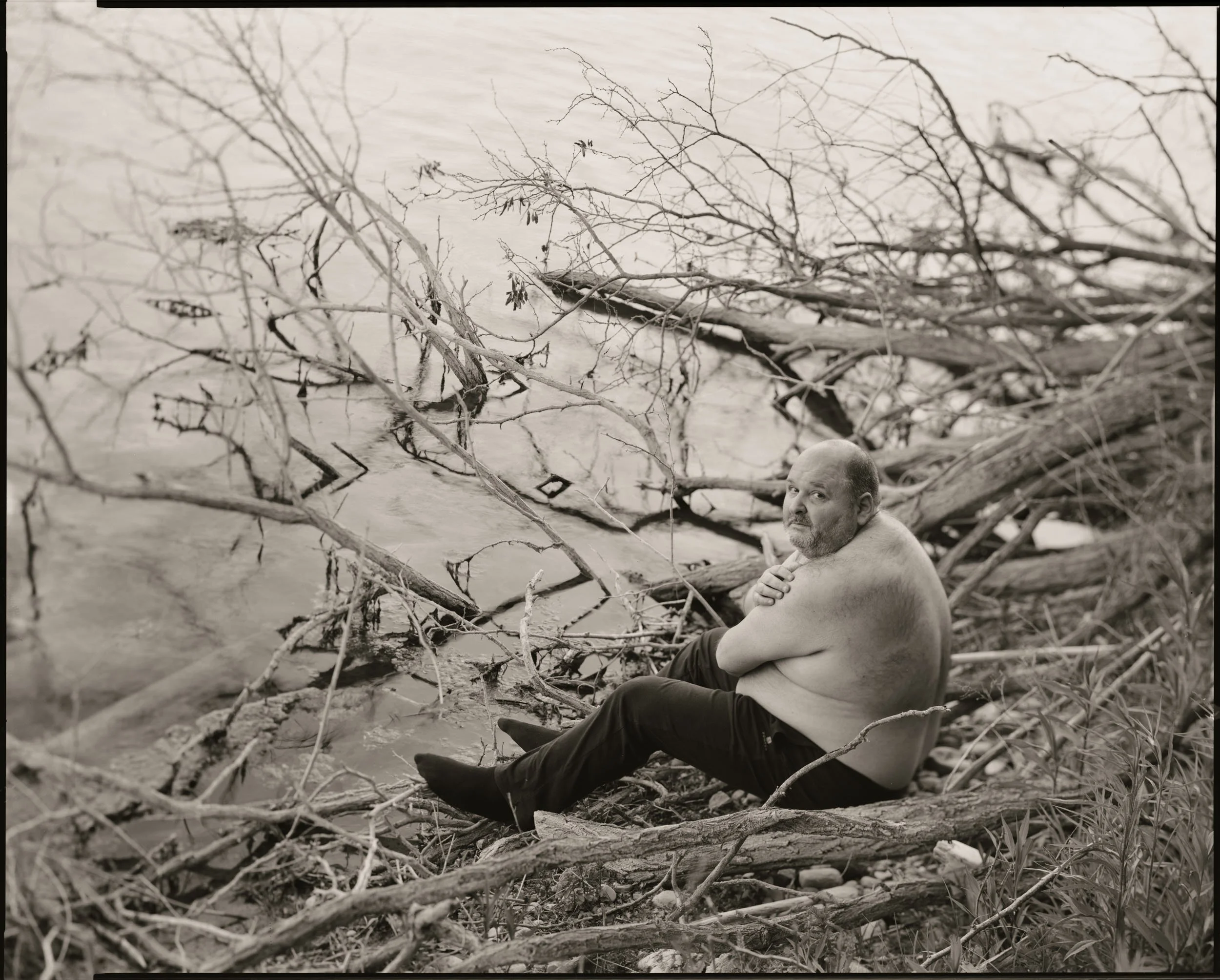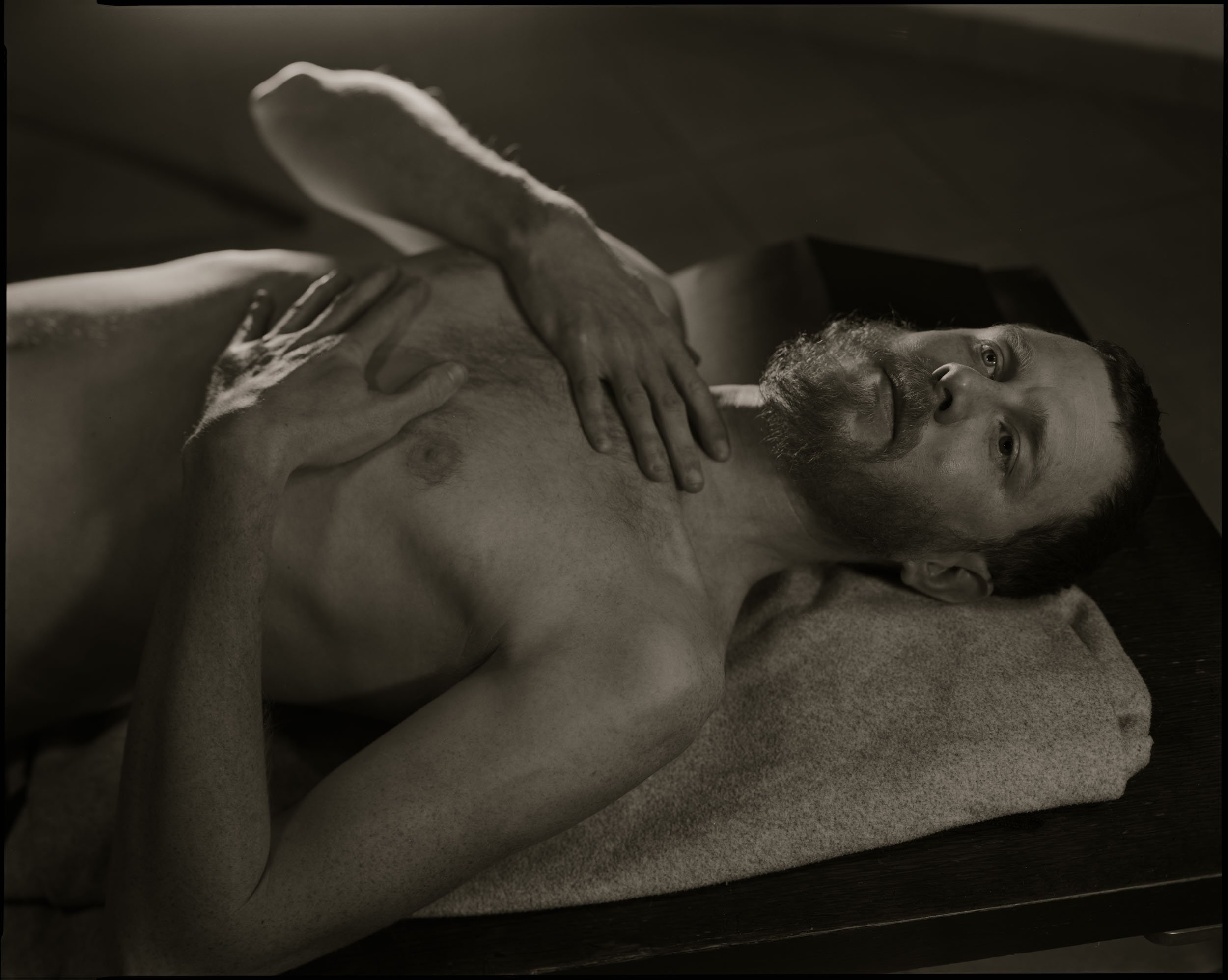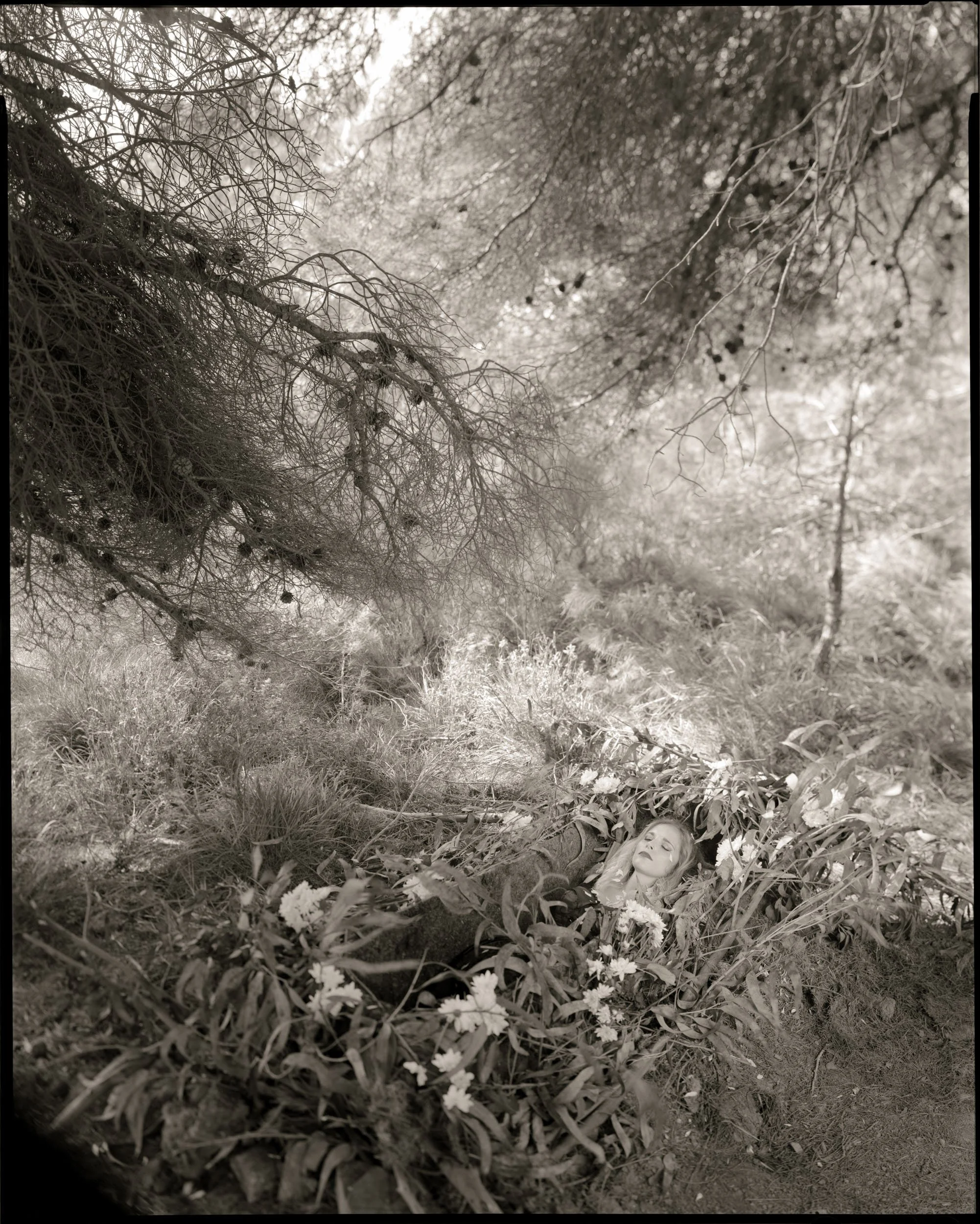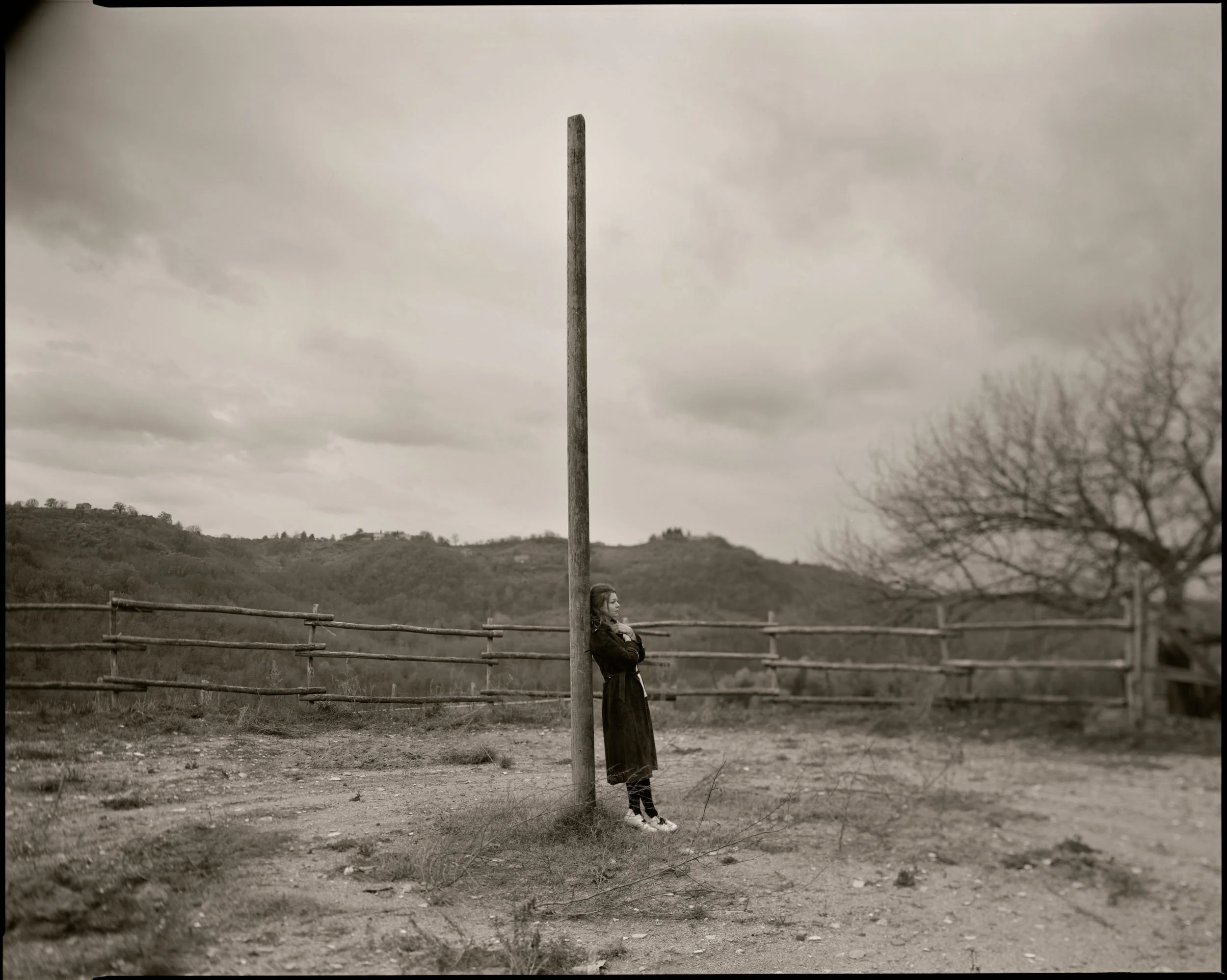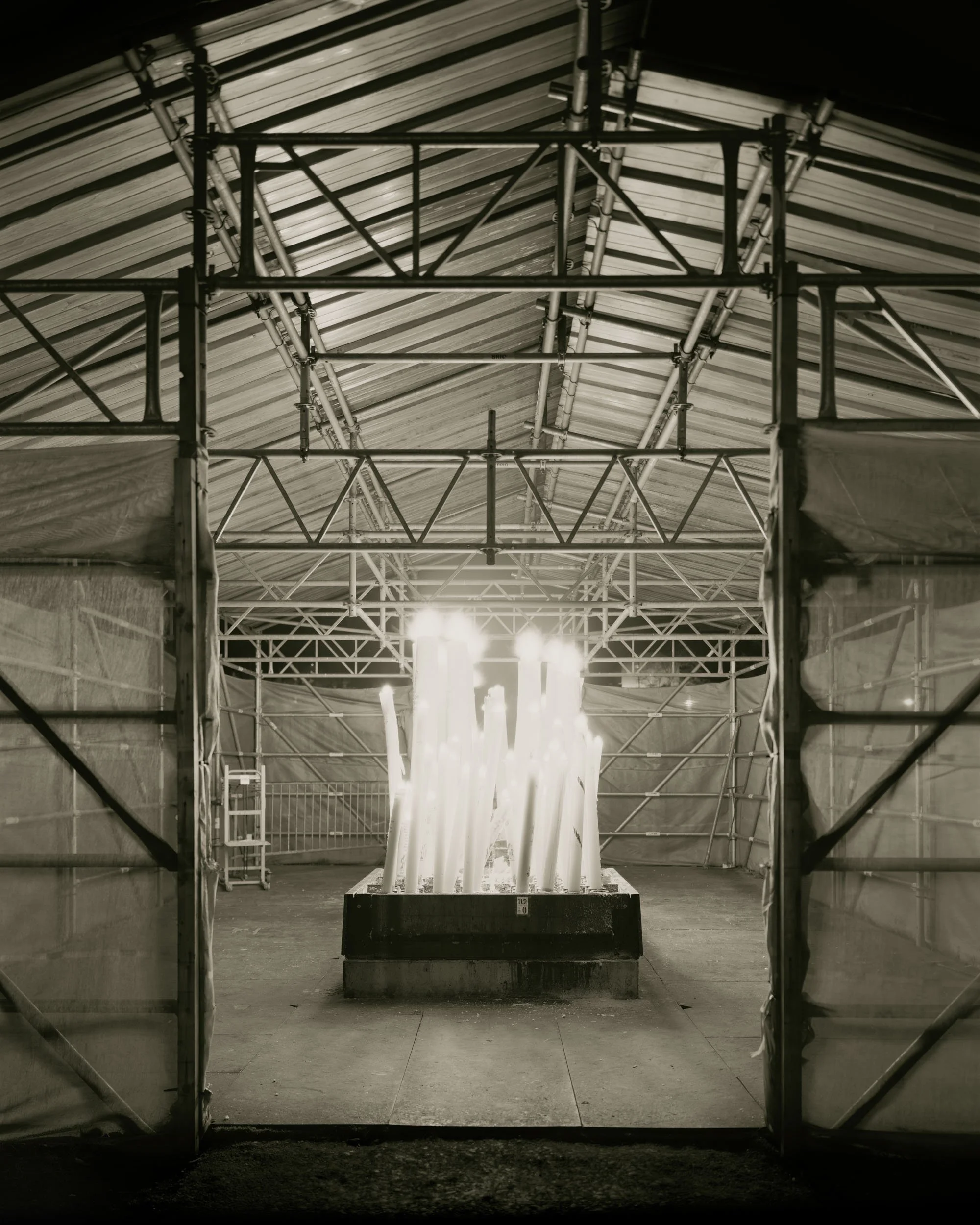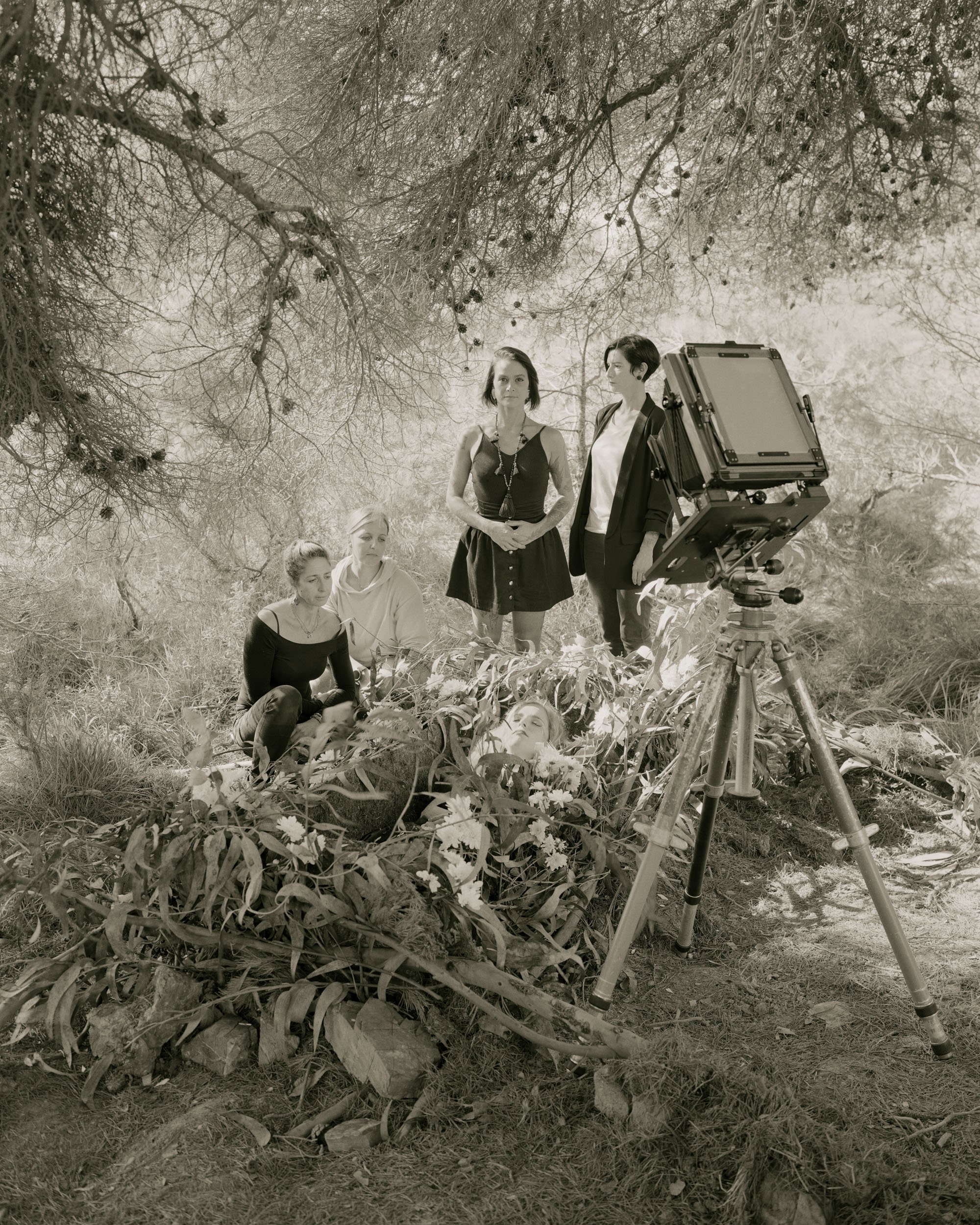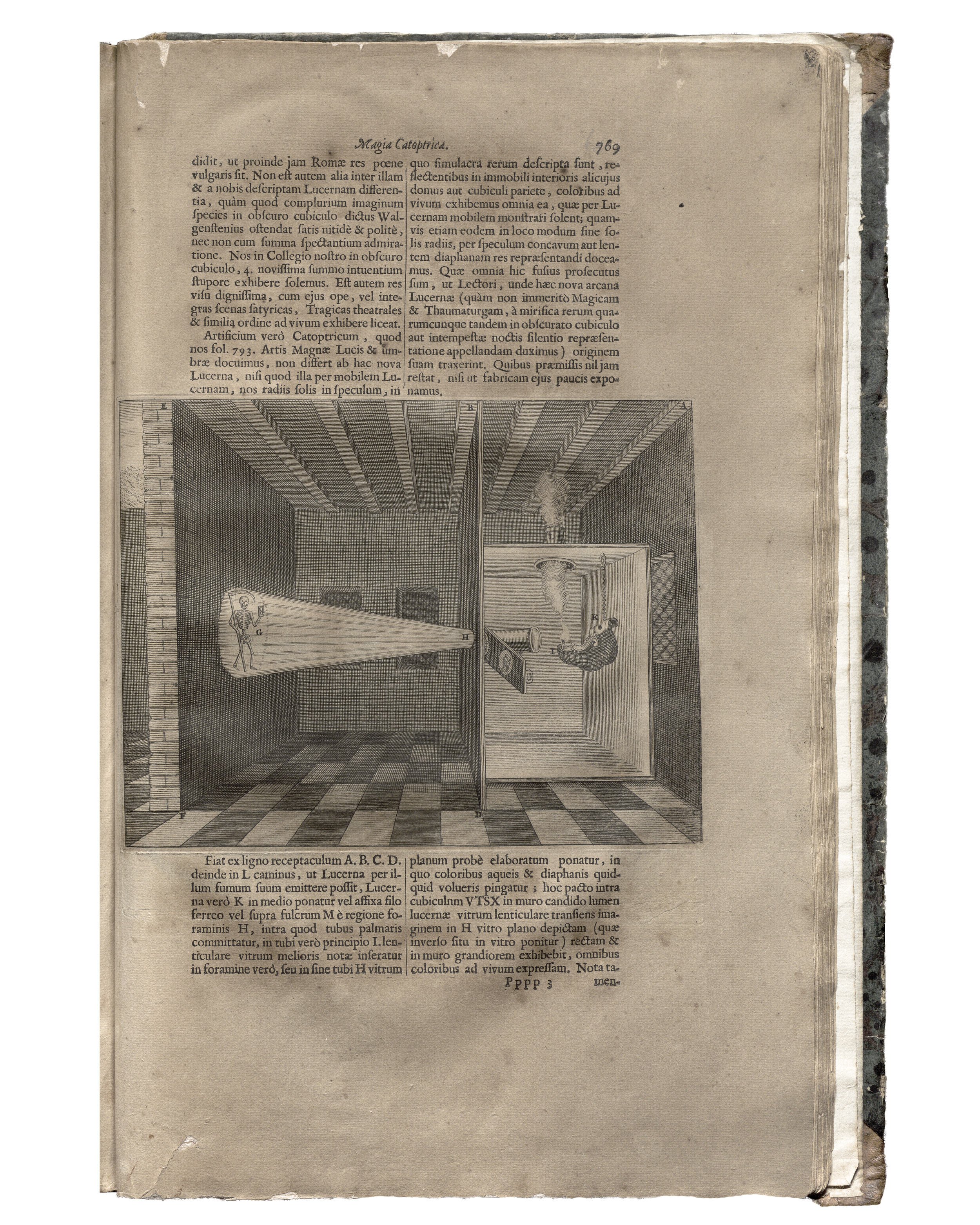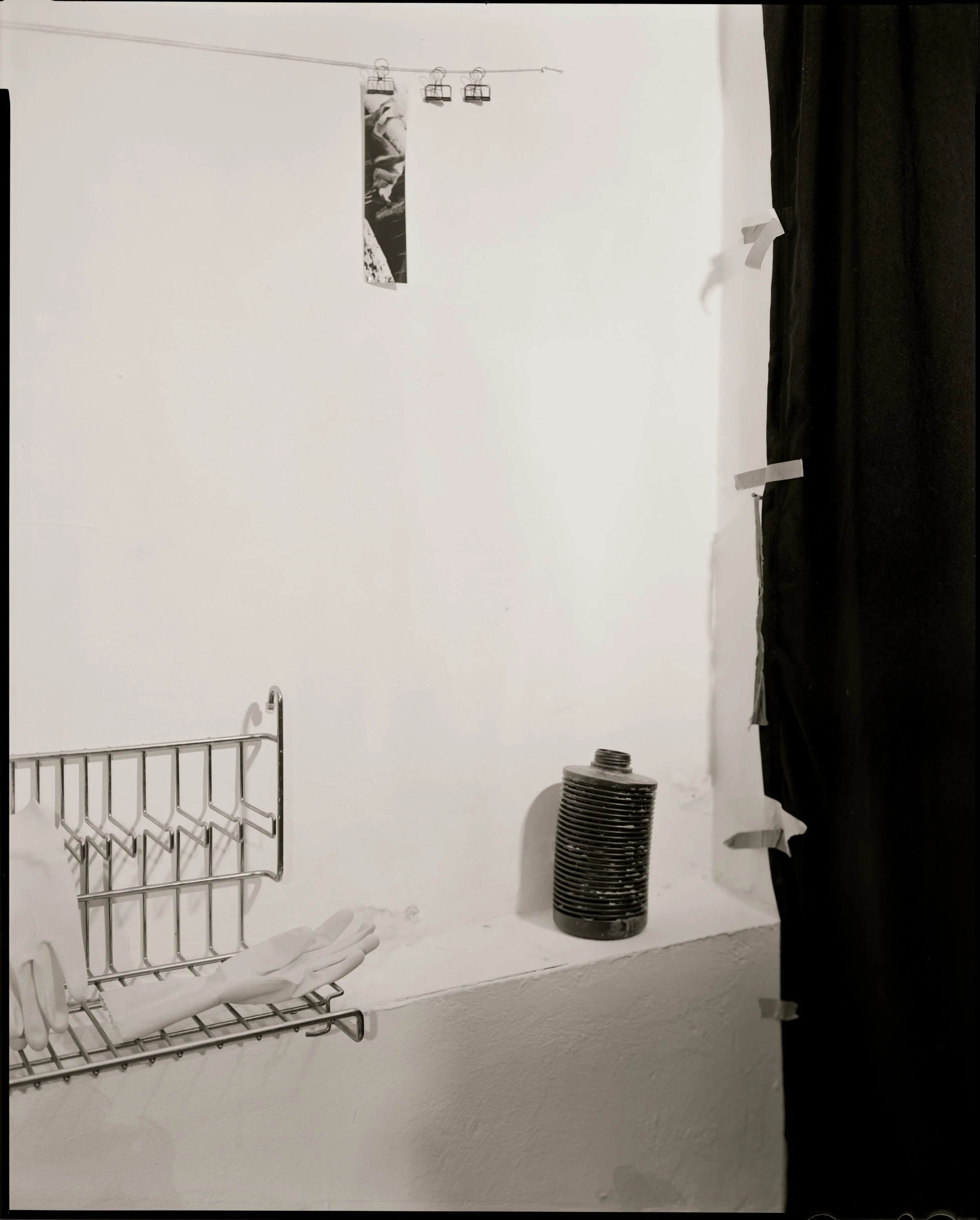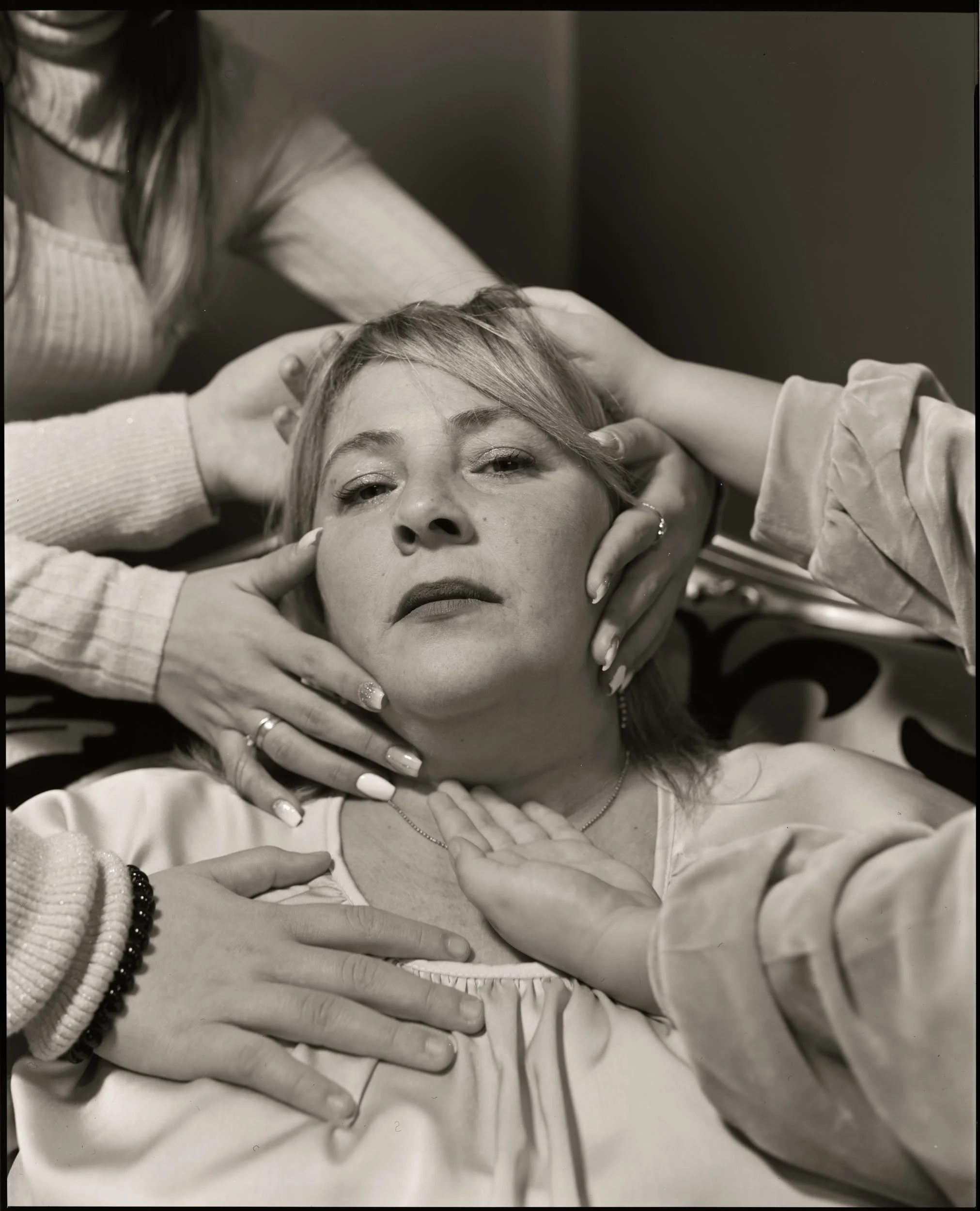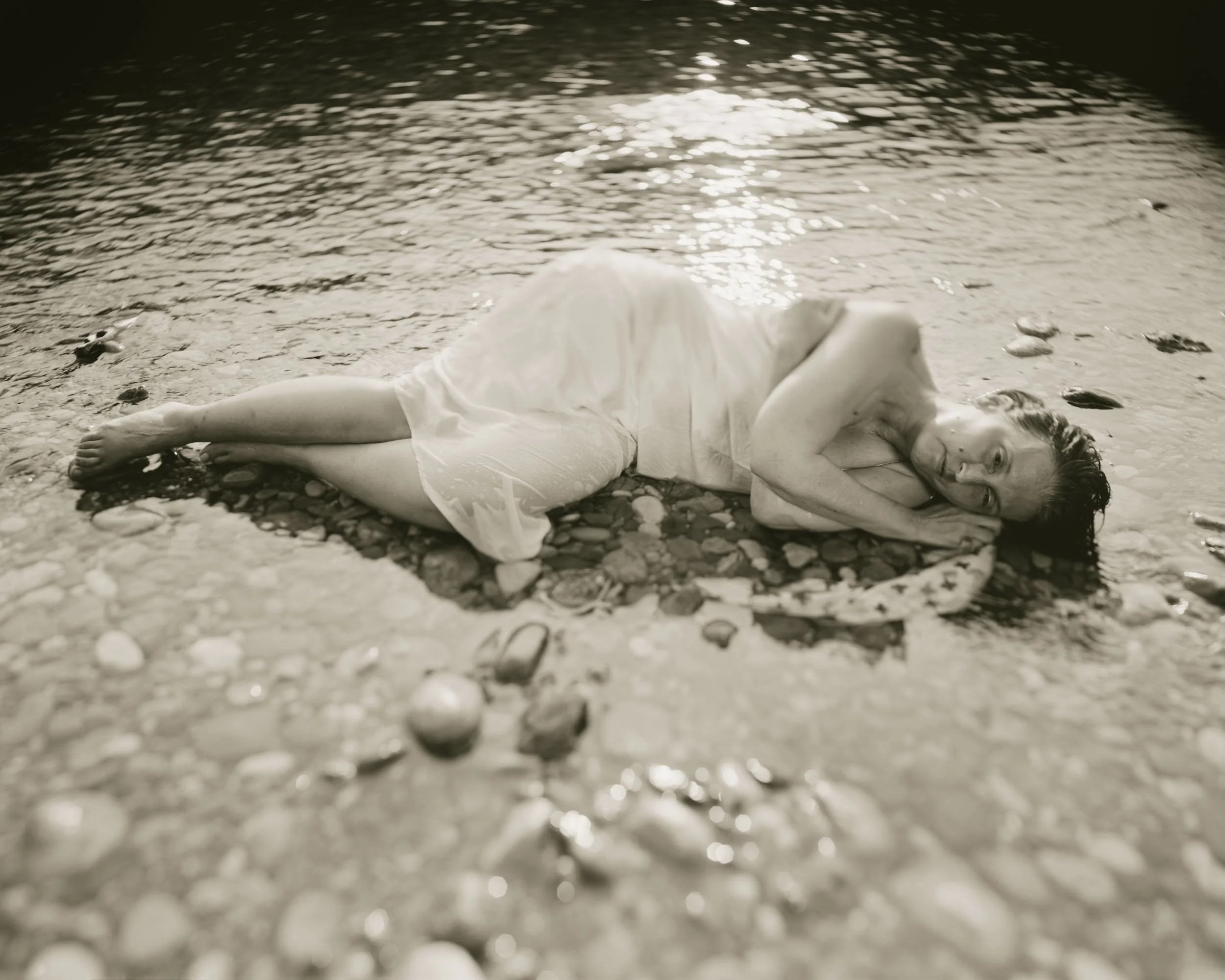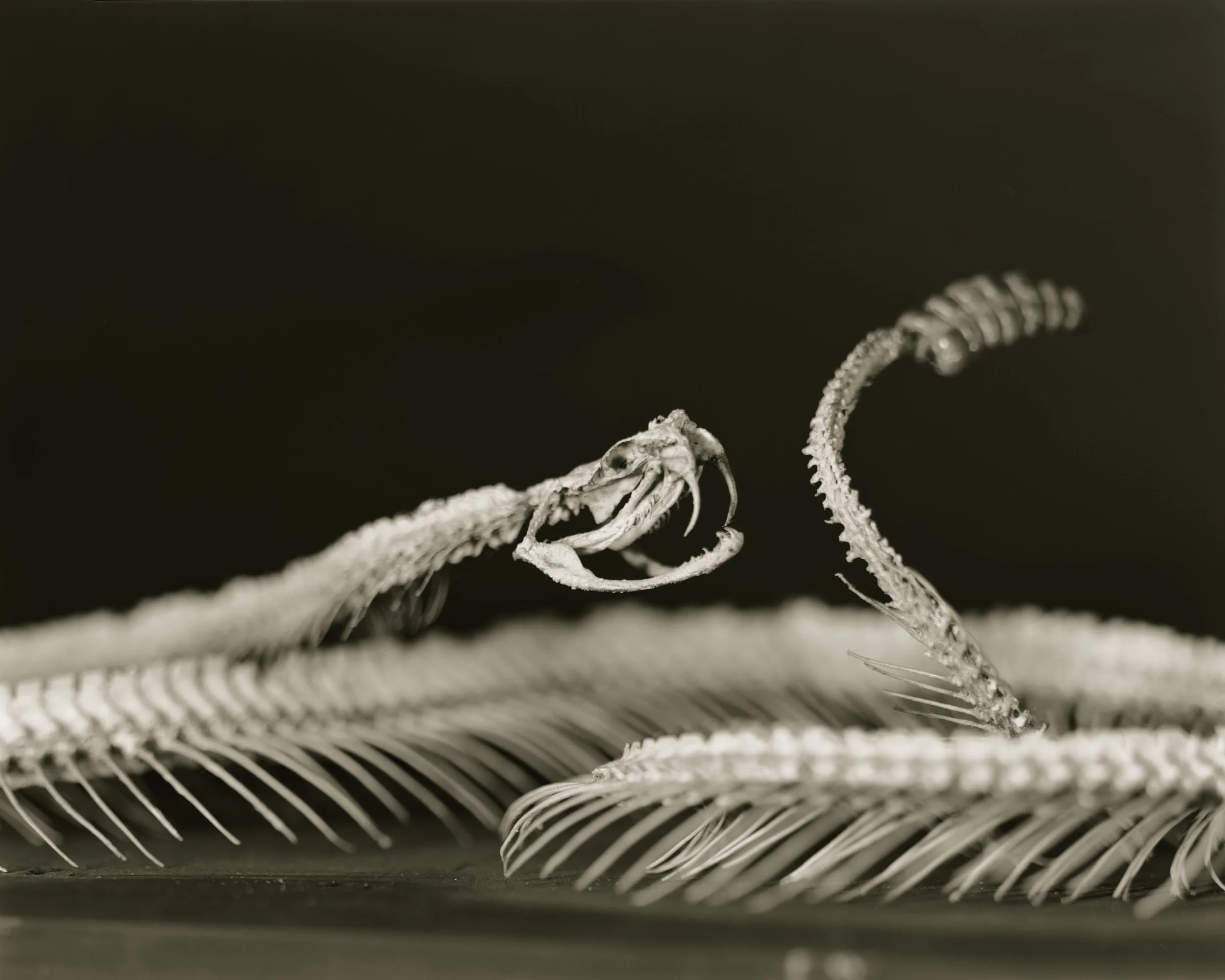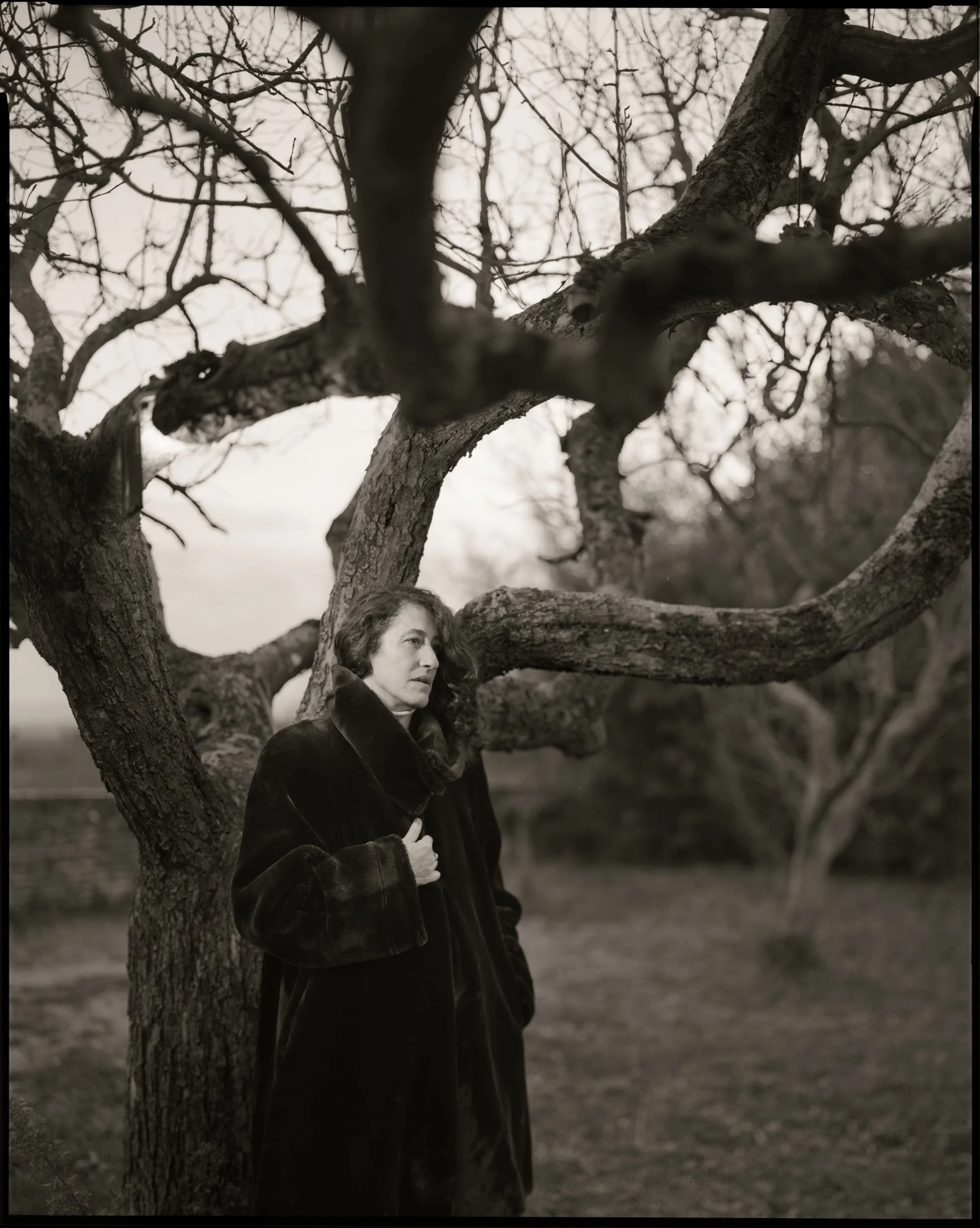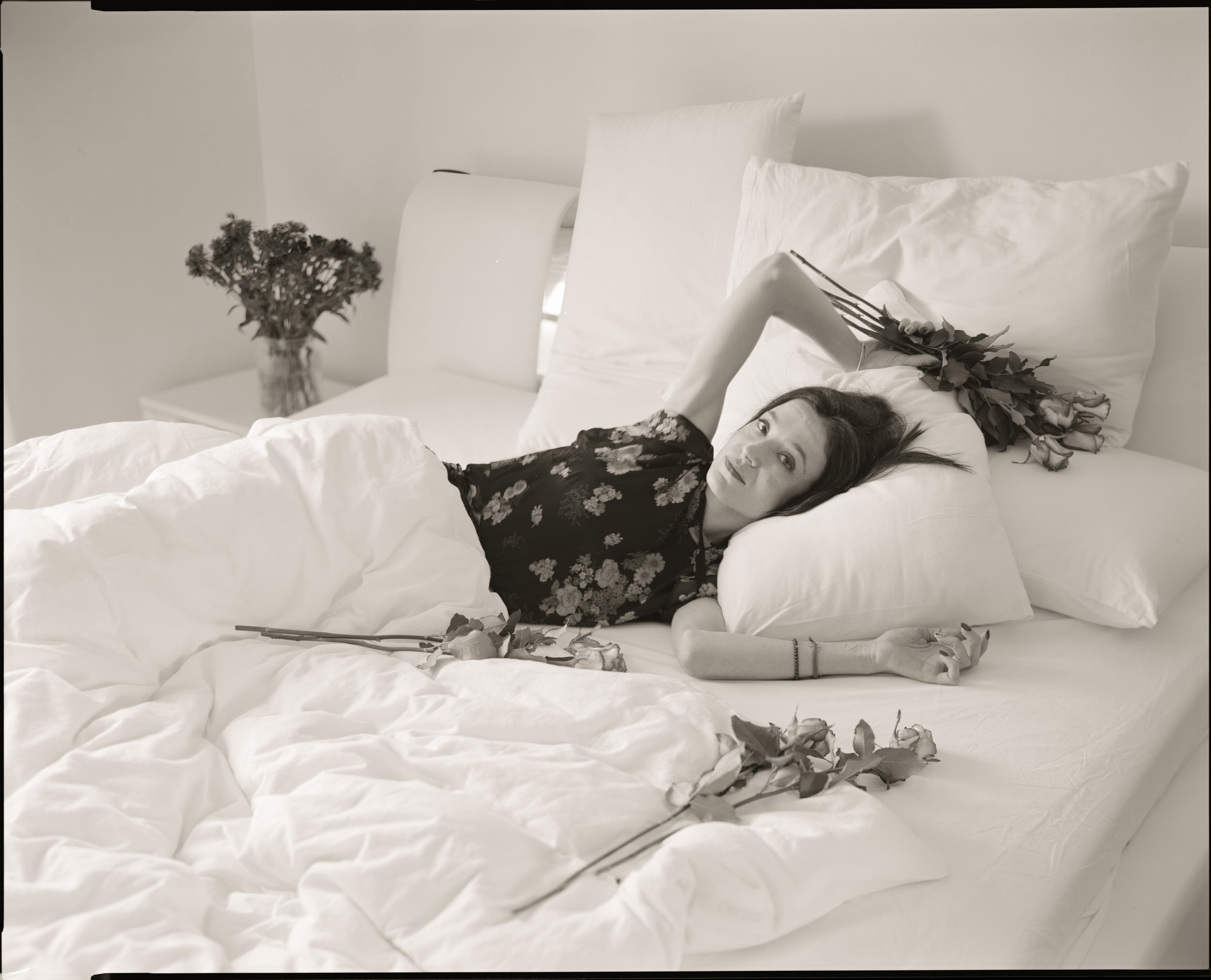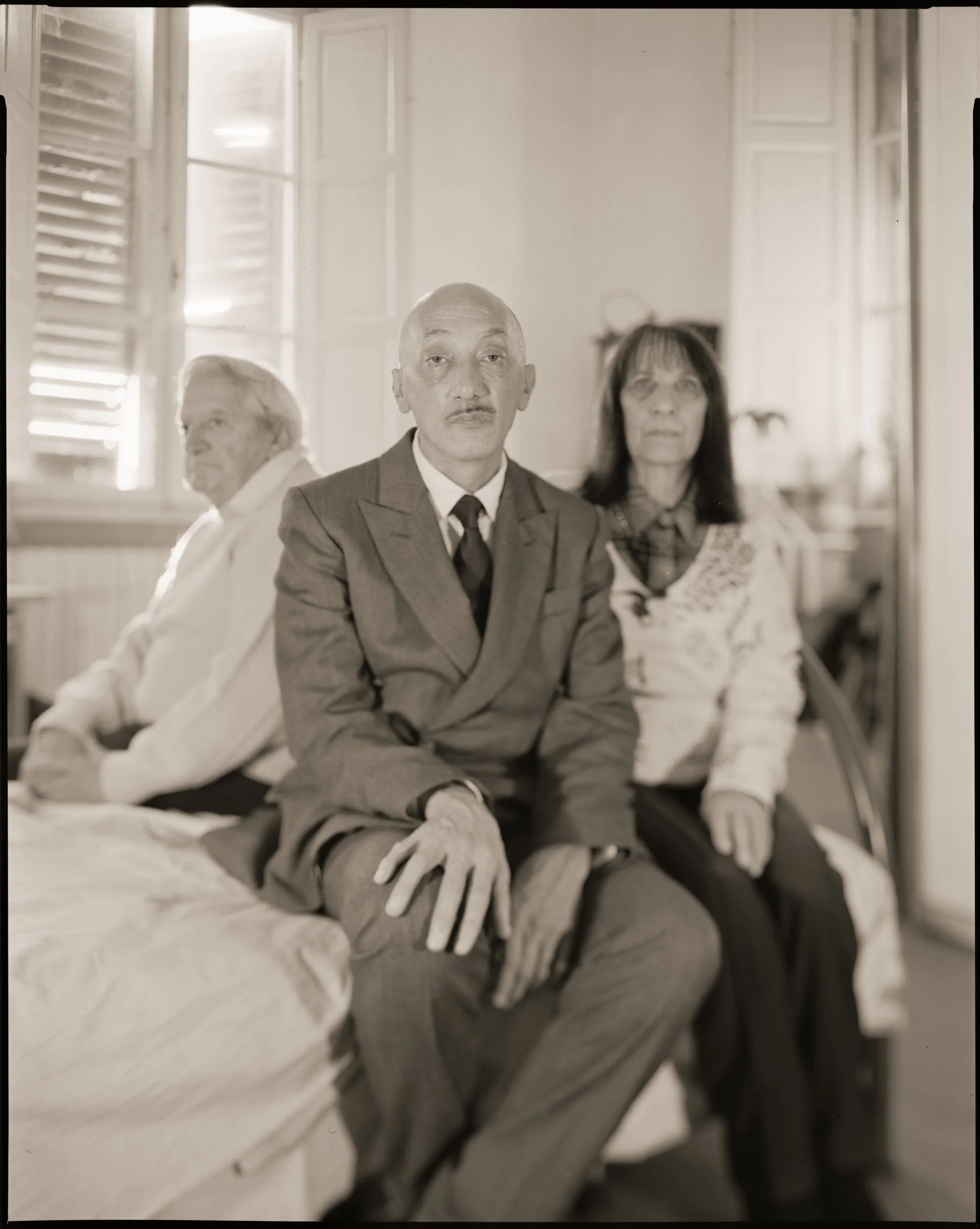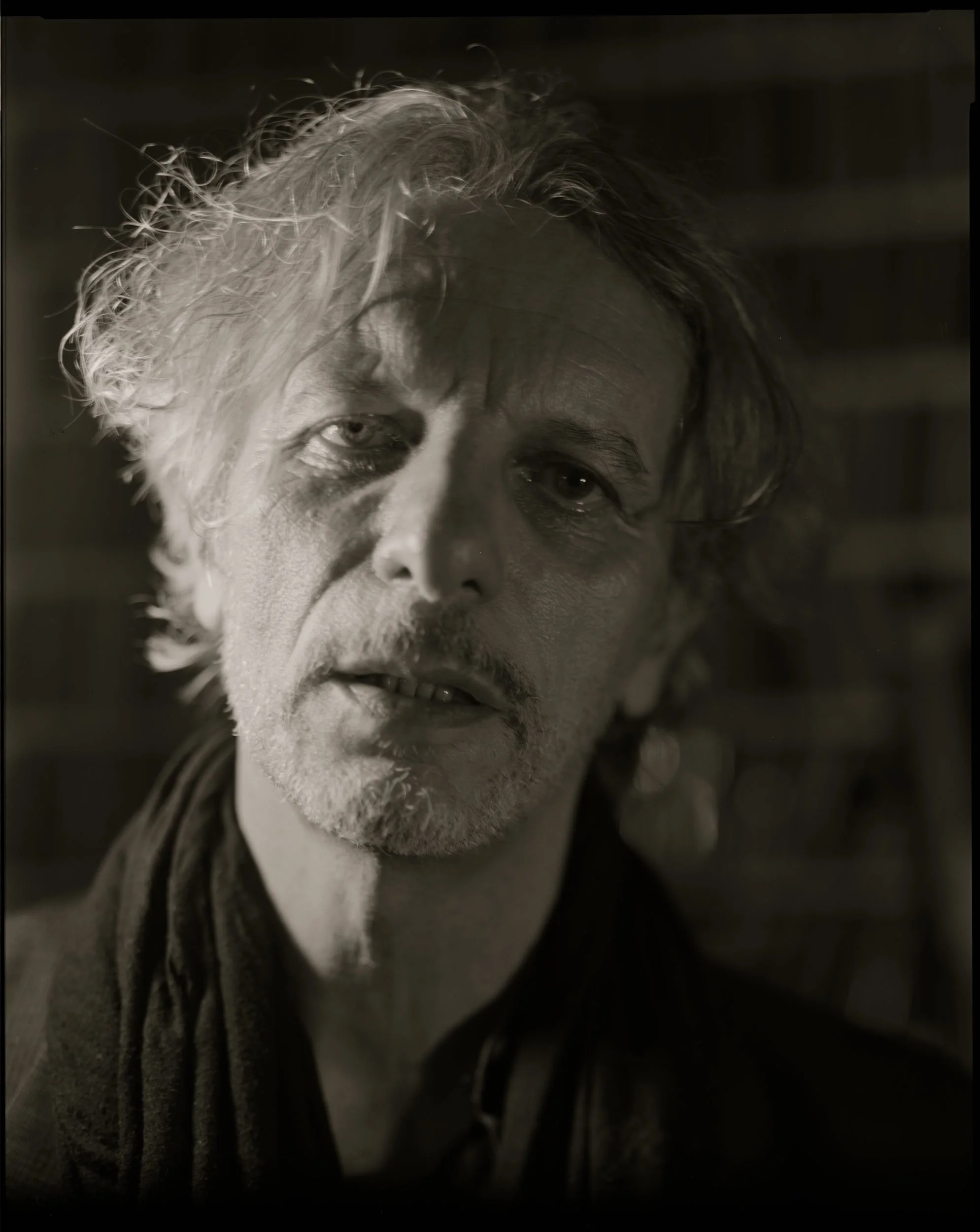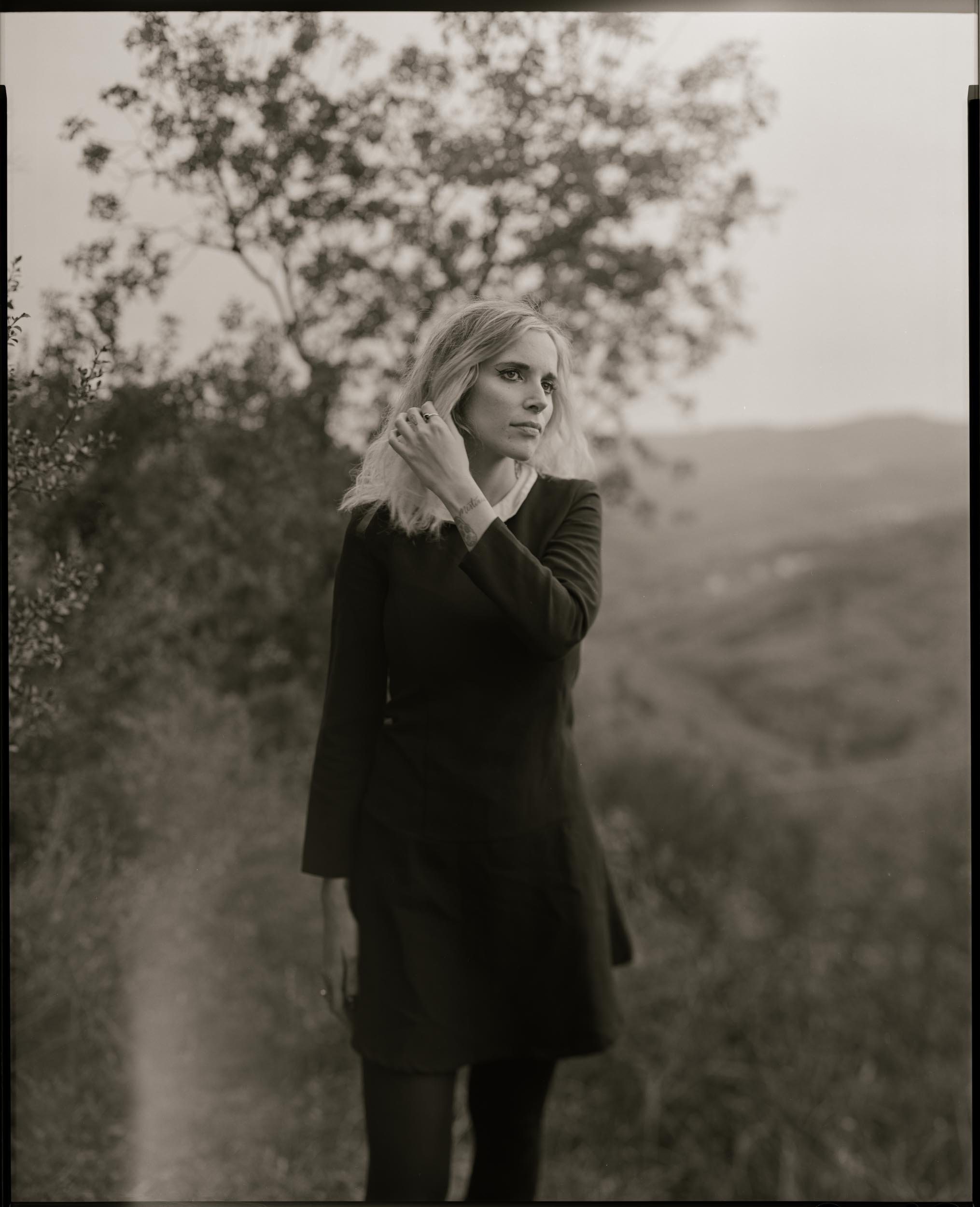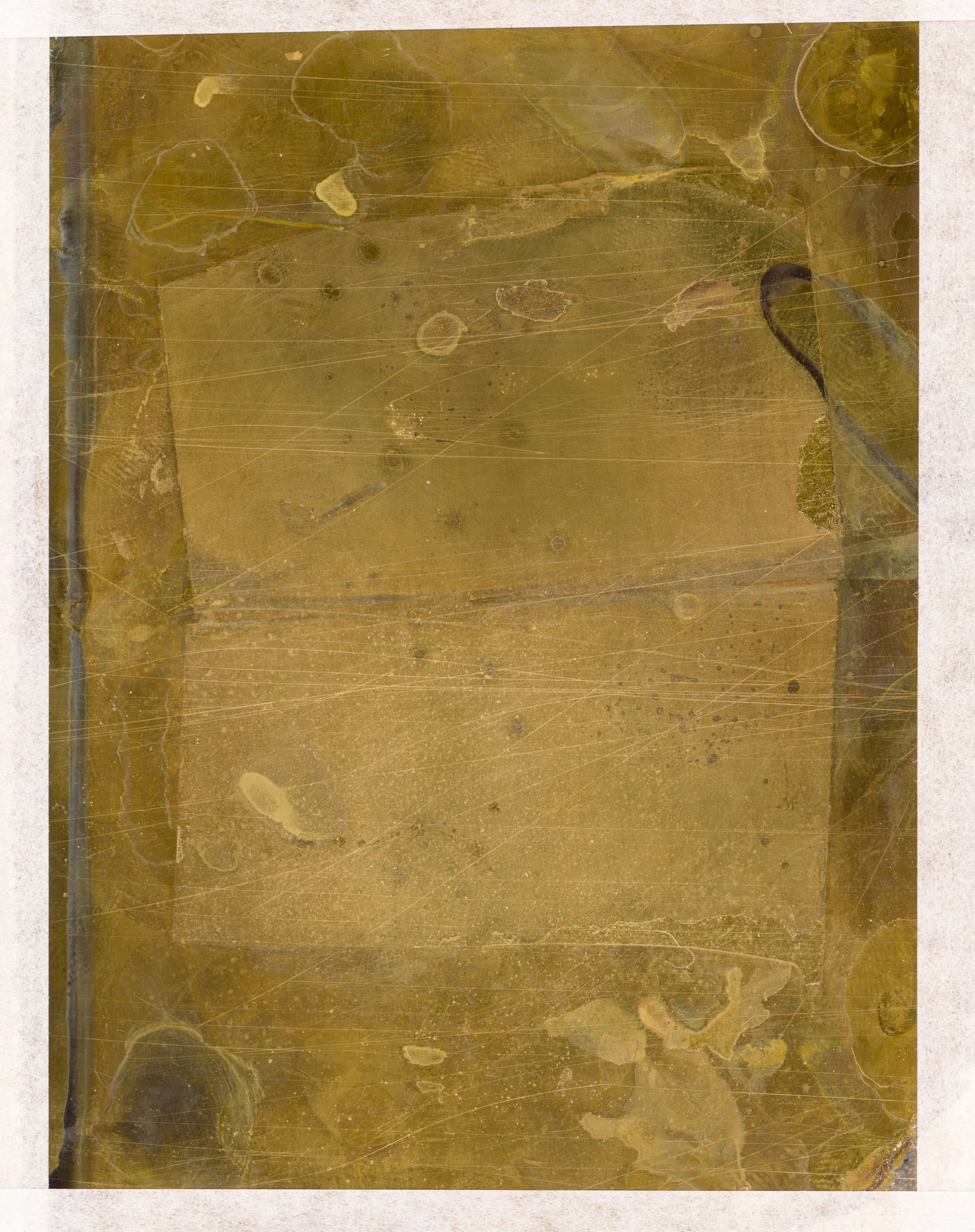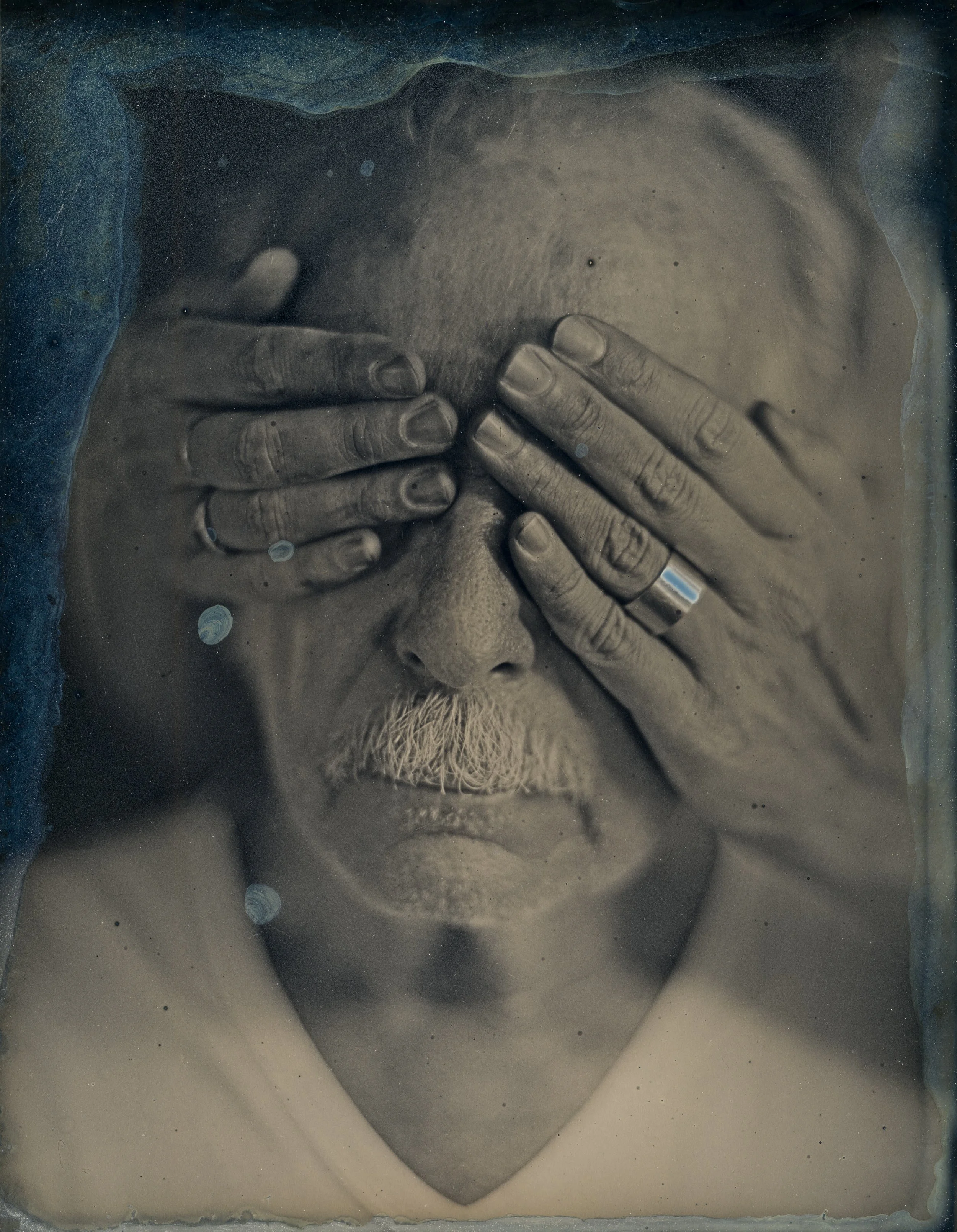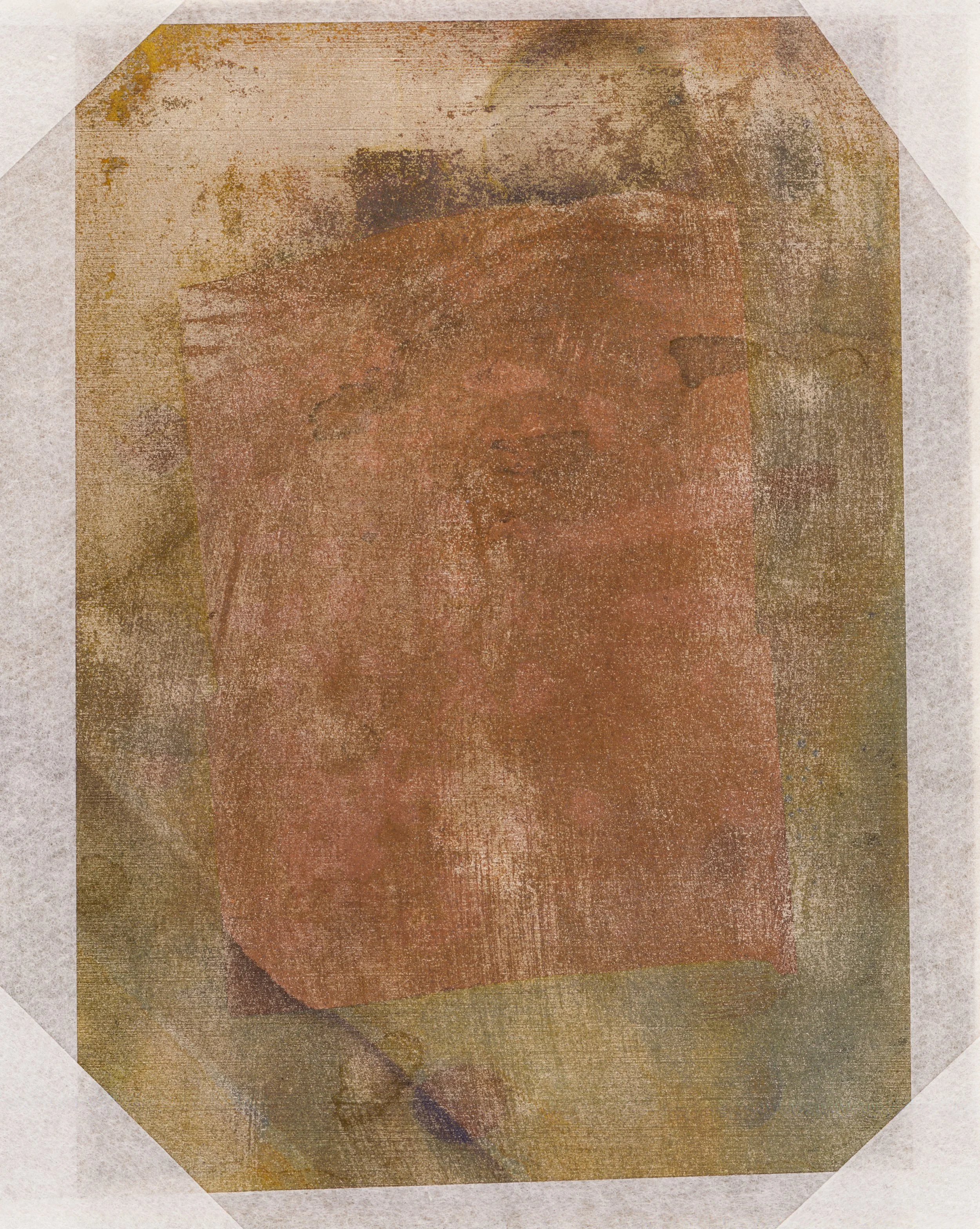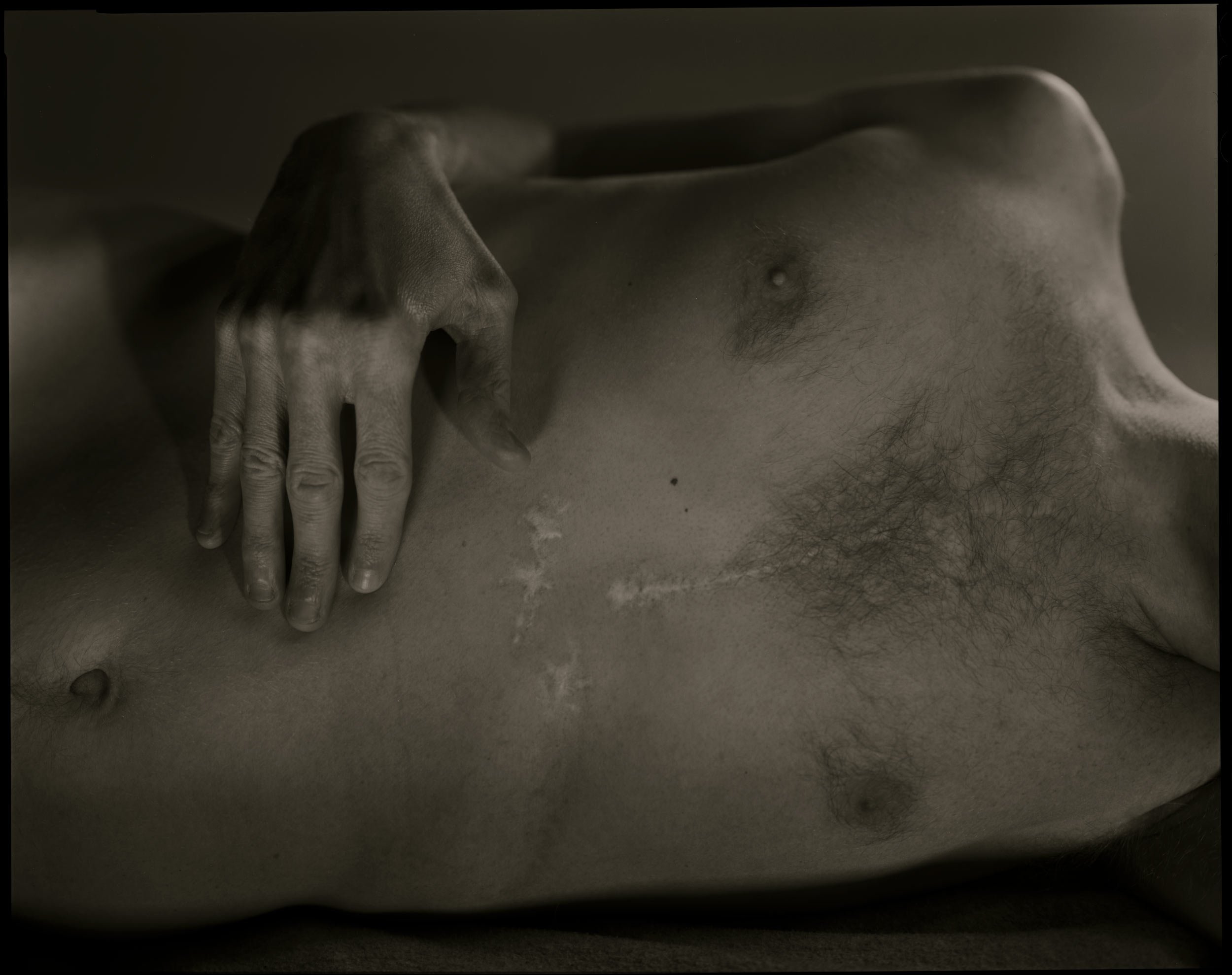
DEATH IS A PHOTOGRAPH
a project about death and photography
“We no longer study the art of dying, a regular discipline and hygiene in older cultures; but all eyes, at rest, contain that knowledge. The body knows. And the camera shows, inexorably…”
— Susan Sontag
This is an on going project started in 2021.
I never thought I would make a project about death, until I met a stranger named Jardin by the river. I asked him to be my self-portrait and told him that I had lost a person I really loved. He replied: "I can even cry for you." His acceptance that day gave me the courage to break the taboo around this topic and start this project.
If there was a river separating life and death, could I sample it? Could I use photography as a way of exploring different points of contact? Could I find peace in the face of our fear? Could I accept the unacceptable without becoming cynical? Writer Demetrio Paolin said in an interview about the suicide of a child: "As a good electrician's son, I know that when a light bulb is about to burn out, it emits for a few seconds a brighter light than its own voltage." Was it true?
I started this project in 2020, during the second wave of the Covid pandemic, the day a student of mine committed suicide. I wandered along rivers, looking for other people who had witnessed tremendous loss. At first, my interest was in mourning and what is called the ambiguous loss. But soon, I realized I had questions that were forcing me to dive into all sorts of experiences that intertwine life and death: mortal accidents, transplants, near-death experiences, funeral planners, mediums, killers, gravediggers, ghost hunters, death doulas, forensic medicine, end of life, Palaeolithic burials, suicide in jail... I also asked people to fake their death and act like it was real.
At this point of the research, these are the things that I have discovered for myself:
The more you ask people about death, the more they speak about life. Even a person who had experienced a terrible accident, almost died and was in a coma for a long time, he would talk to me about that very first breath of coming back to life. He would talk about resurrection.
Everything in our life is the dominion of the dead, our culture perpetuates itself through the power of the dead as we follow continuously their footsteps in every aspect of our life: music, homes, words, monuments, literature, etc. Robert Pogue Harrison stated: “There exists an allegiance between the dead and the unborn of which we the living are merely the ligature.” We hold on one hand all the people of the past and on the other hand the future of the unborn. And yet, think of the temporal lifespan of the human species and the abyss of time behind and ahead of us. I'm afraid of time now.
Many of the things that I discovered about death are physical. Death is chemical. It is wet, not dry. It is not still, it transforms things. It has to do with our fear of darkness. When I work in my darkroom with water and poison, transforming metals with light, feeling afraid of the dark, I feel closer to death in a way that it’s difficult to explain. For this reason and many others, I decided to work only with analogue photography using an 8x10 large format camera. I’m also experimenting with daguerreotypes which were called “mirrors with memory”.
To investigate mourning and illness is to investigate the struggle of who wants to survive. When I got closer and closer to the death of those who don't want to die, all my plans, all my psychology studies, all my theories exploded. The End requires silence, rigidity, cold eyes. I can talk only of a death that is distant, I can talk about death as an idea, feared or idealised. When death is present, when death is killing the person that stands in front of my camera, all reasoning explodes. Death is like a God, omnipotent and mute. Since there are no words, perhaps there can be images.
The project has led me to seek the help of the University of Padua, where I joined the master's program in Death Education directed by Ines Testoni. I started teaching and sharing with students the way in which artists and photographers have narrated the experience of death or mourning.
My own photographic research contributes to the field of death studies by offering a visual and artistic approach to a topic that is often neglected or taboo in our culture. I hope to challenge the stereotypes and prejudices that surround death and to foster an individual deeper understanding of our existence.
This project benefits by the assistance and collaboration of Andrea Lanterna.
“From a real body, which was there, proceed radiations which ultimately touch me, who am here; the duration of the transmission is insignificant; the photograph of the missing being, as Sontag says, will touch me like the delayed rays of a star. A sort of umbilical cord links the body of the photographed thing to my gaze: light, though impalpable, is here a carnal medium, a skin I share with anyone who has been photographed.”
— Roland Barthes
The project is still on going. If you have a peculiar experience with death please contact me
